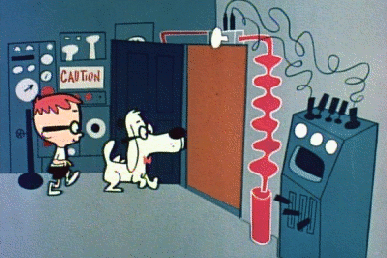I'm trying to understand just how the HPFP and related system works, given the info that's been presented by both sides of the discussion. Hopefully someone will confirm or deny what is presently my understanding:
The high pressure fuel pump is driven by the engine (cam, chain, gear, it doesn't matter). It is mechanical and directly connected so its ability to pump fuel is directly related to the engine speed.
The fuel pressure regulator does the control side of things, is electronically controlled, and does the bidding of the ECM according to load, RPM's, and requested pressures to make the injectors work properly. It has the ability to be fully closed (delivering 100% of the pressure the pump is able to put out but very low volume) or it can be fully open (essentially dropping the pump output pressure to zero but with high volume in layman's terms) but the normal range of operation is - what - between 5% and 50%?
So when the injectors (or whatever failing component) have too much free flow and the regulator has to go beyond that normal range of operation the computer gets pissed off, sets a code, and goes into limp mode.
Kennedy's solution tweaks the "normal range of operation" to something that is technically out of the engineer's specs, but allows normal operation albeit with higher flows from the regulator to compensate for worn parts.
How'd I do?








 Reply With Quote
Reply With Quote



